Spiti Valley Tour Package
Spiti Valley Honeymoon Tour Package
Spiti Valley Family Tour Package
Spiti Valley Group Tour Package
Spiti Valley Bike Trip 8N/9D
Things To Do In Spiti Valley
Are you seeking some of the top things to do in Spiti Valley that will live on in your heart as a treasured memory? If so, Spiti Valley is a hotspot for a variety of exhilarating activities such as trekking, camping, hiking, and other enjoyable activities. You can additionally appreciate the gorgeous sights of nature here, which will leave you speechless.Check out the full list for things to do in Spiti Valley provided below. Best Things to do In Spiti Valley and choose the best Things To Do for your next Spiti Valley Trip.
Here are some of the most popular things to do in Spiti Valley
1. Camping in Spiti Valley
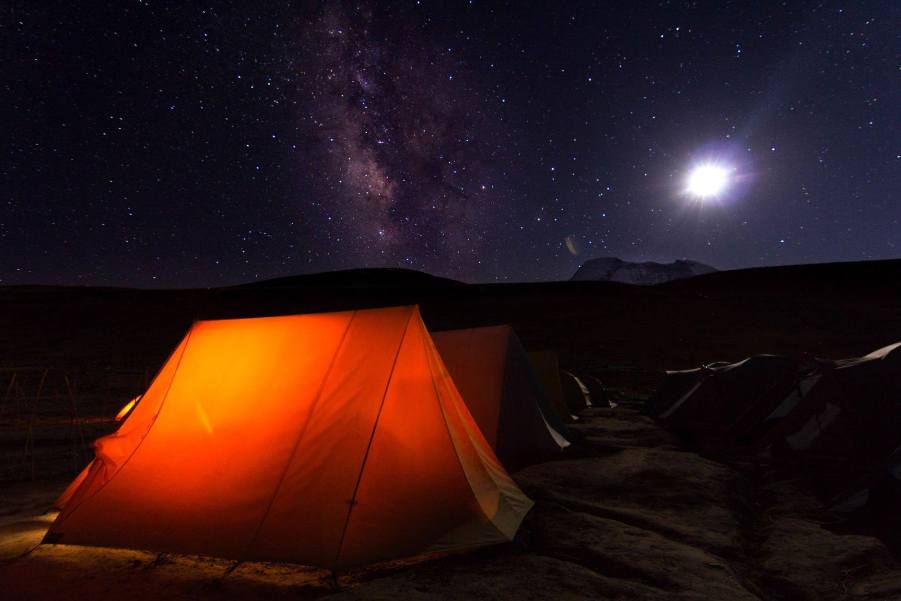
Camping in Spiti Valley is an unforgettable experience for nature lovers and thrill seekers. Spiti Valley, located in the Indian state of Himachal Pradesh, has a stunning landscape of towering mountains, fresh rivers, and clear blue skies. Camping in this area is erecting a temporary outdoor house amidst the natural beauties. You can sleep in tents, dine over a campfire, and look at the night sky. It’s an opportunity to get away from the rush and bustle of city life and immerse yourself in the serenity of the mountains. Spiti Valley offers a tranquil and gorgeous backdrop for a great outdoor trip, whether you’re a seasoned camper or a newbie.
Best Time to Visit :-The best time for camping in Spiti Valley is during the summer months, from June to September. The weather is more pleasant, and most of the roads are accessible during this period.
Best Camping Spots :- Dhankar Lake Camp,Chandratal Camp,Pin Valley National Park
2. River Rafting
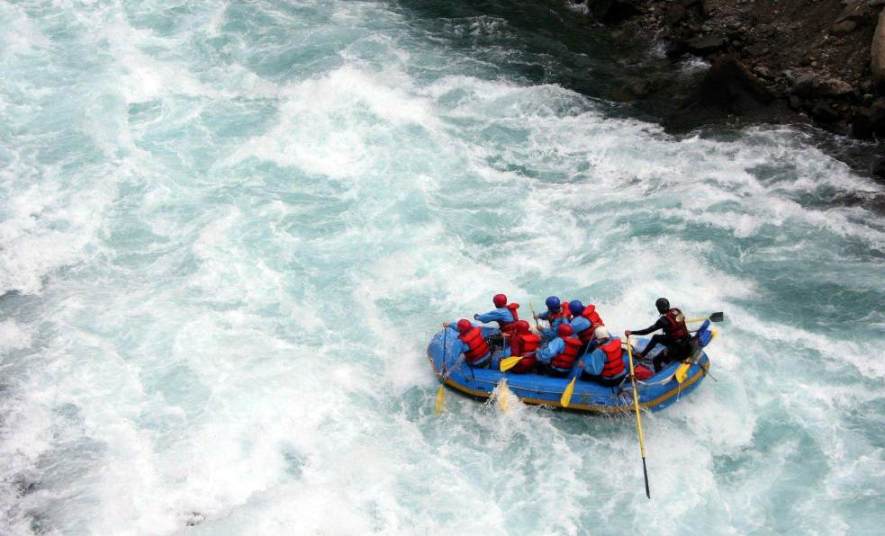
Rafting is one of the most exciting activities in Spiti. Riding the tides against the backdrop of rocky hills in a picture-perfect location is a once-in-a-lifetime experience. The activity is available in the Pin and Spiti rivers. On average, this rafting activity covers 180 сайт.
Best time for river rafting :- May to June
3. Visit Pin Valley National Park
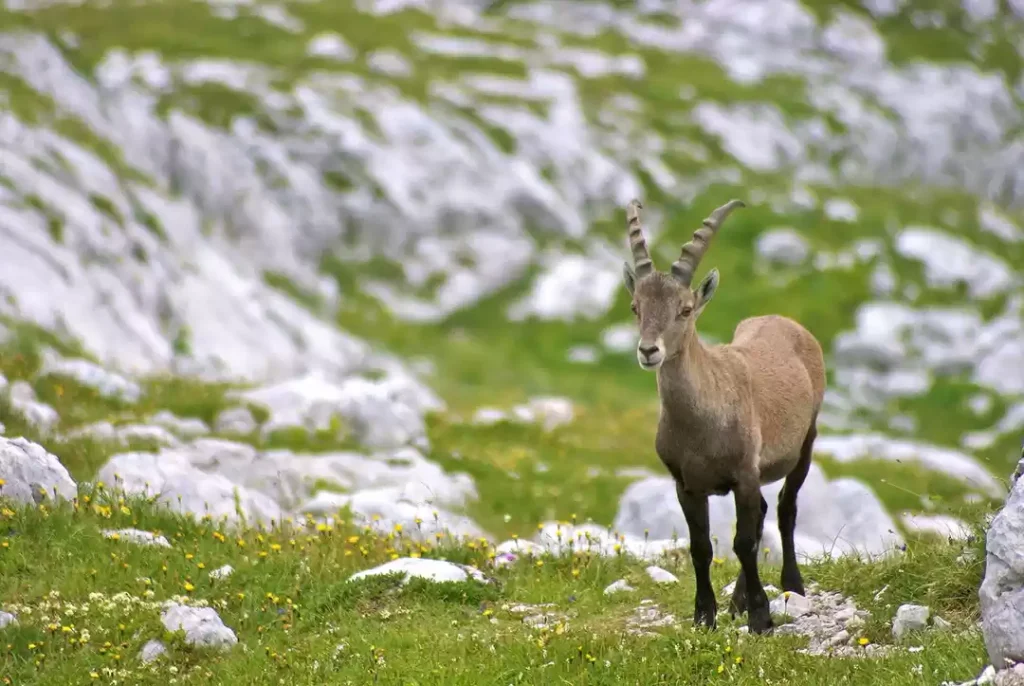
The Pin Valley National Park is located in the Cold Desert Biosphere Reserve in the Himachal Pradesh district of Lahaul and Spiti, amidst semi-frozen rivers in the Pin Valley. The park’s elevation varies from around 3,500 meters at Ka Dogri to more than 6,000 meters at its highest point. The Pin Valley National Park, one of the most remarkable facilities of its kind, is home to the rare species of famed Himalayan snow leopards and their prey, the Ibex. The National Park is best known for its wonderful trip, which delights all visitors. The walk is fascinating and adventurous because it snows for the majority of the year. However, make sure you have all of the necessary permits. Foreign nations are also not permitted to enter the park.
The Pin Valley park’s core zone is 675 square kilometers, while its buffer zone covers over 1150 square kilometers. Today, it is home to around 20 species of flora and animals, including the endangered snow leopard, which is the most notable resident of Pin Valley Park. This area is also home to Siberian Ibex, Bharal, red fox, weasel, and martens. Several bird species, including pika, snow cock, bearded vulture, chukor, golden eagle, griffon, Himalayan chough, and raven, live in the area.
Best Time to Visit:- The best time to visit Pin Valley National Park is from mid-May through September.
4. Yak Safaris
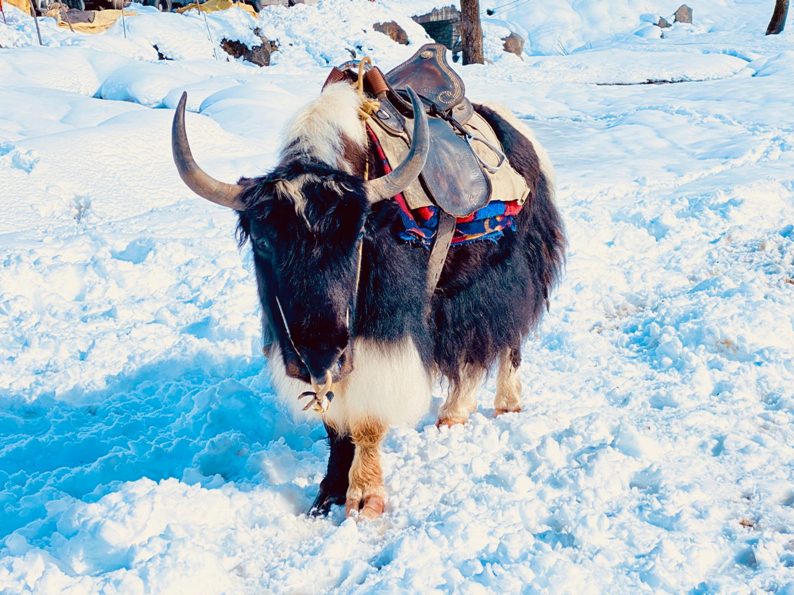
A yak ride is one of the most popular activities to do in Spiti Valley. Yak and horse safaris are among the greatest and most popular ways to see this region. The pastime is quite popular among both visitors and locals.
Living and traveling like a local is the greatest way to explore Spiti. So, once you’ve finished hiking and want to try something new, go for a local ride, such as a yak safari. Almost the majority of the village families have at least one yak, making the trip much more accessible and a worthwhile experience in the новости.
5. Visit Key Monastery
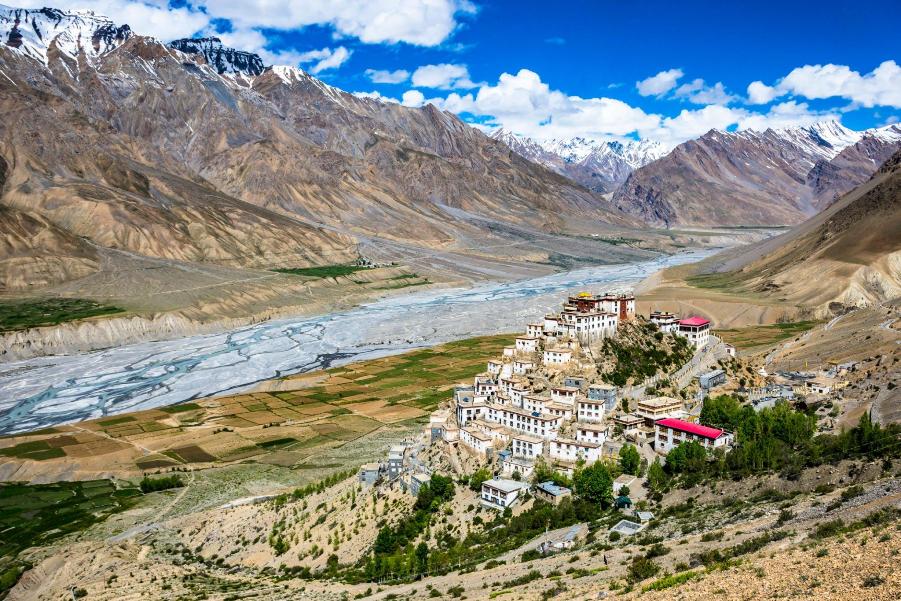
The Key Monastery is a well-known Tibetan Buddhist monastery in India’s Lahaul and Spiti District. The monastery is located in the Spiti Valley of Himachal Pradesh, India, at an elevation of 4,166 meters above sea level, adjacent to the Spiti River. It is thought to have been created by Dromton, a pupil of the famed teacher Atisha in the 11th century, and is also known as the Kye Monastery and Ki Monastery. It houses a collection of old literature and murals as well as Buddha idols in the Dhyana position.
The magnificent Key Monastery is nearly a thousand years old and the greatest monastery in the entire Spiti Valley. The majestic monastery also serves as a religious training center for the Lamas, with over 300 lamas receiving their education here. It has a lengthy and fascinating history, one that includes various attacks that the location has had to endure. Nonetheless, Kye Monastery survived and celebrated its thousand-year anniversary in the presence of the Dalai Lama in the year 2000.
Best Time to Visit : June and October
6. Spiti Valley Bike Trip
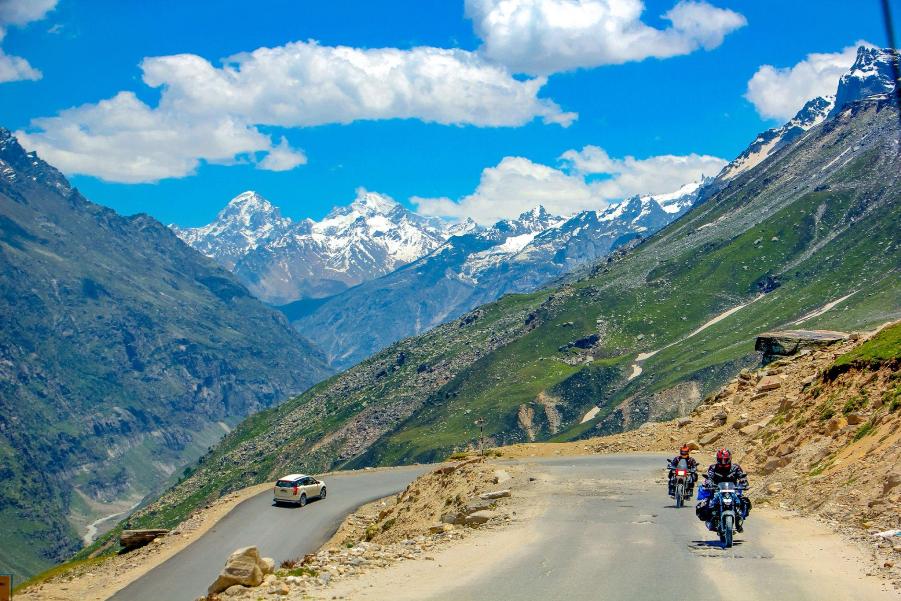
Spiti’s terrain is popular among adventure bikers and motorcycle enthusiasts due to its location in the trans-Himalayan region. It is toward the top of any Mountain Biker’s wish list. Ride on some of the highest routes and through the wonderful scenery of the chilly desert mountain valley. The months of June to September are ideal for such an adventure.
Best time :- June to September
7. Explore Kaza
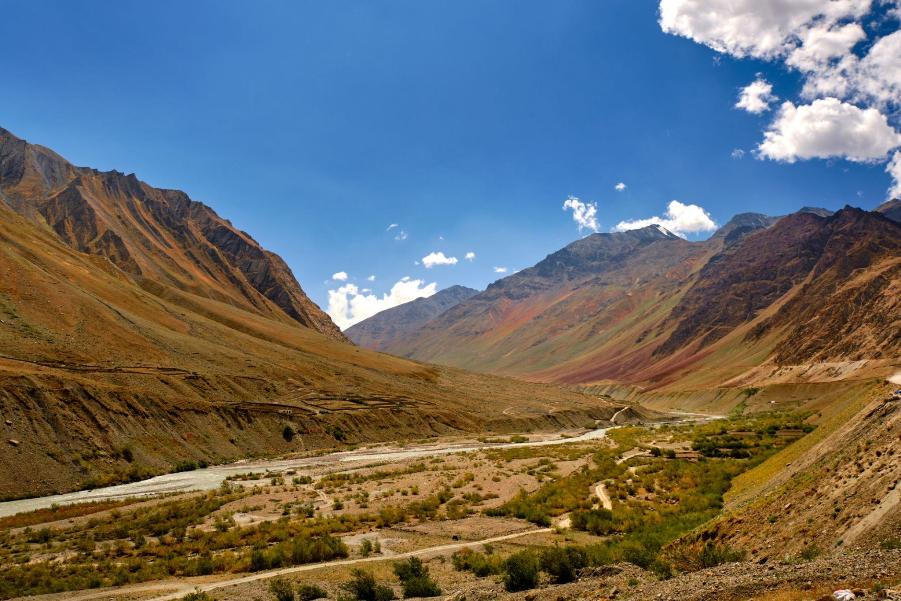
It is almost sinful to go to the valley and not shop. Shopping should be at the top of your agenda because Kaza’s market district is one of the most popular spots to visit in the Spiti Valley in March. There are countless items you can purchase from there as delightful mementos to send home, ranging from Tibetan and Buddhist handicrafts to human bone and skull sculptures painted in silver.
Best Time To Visit :- The best time to visit Kaza is between the months of June and October.
8. Visit Tabo Monastery
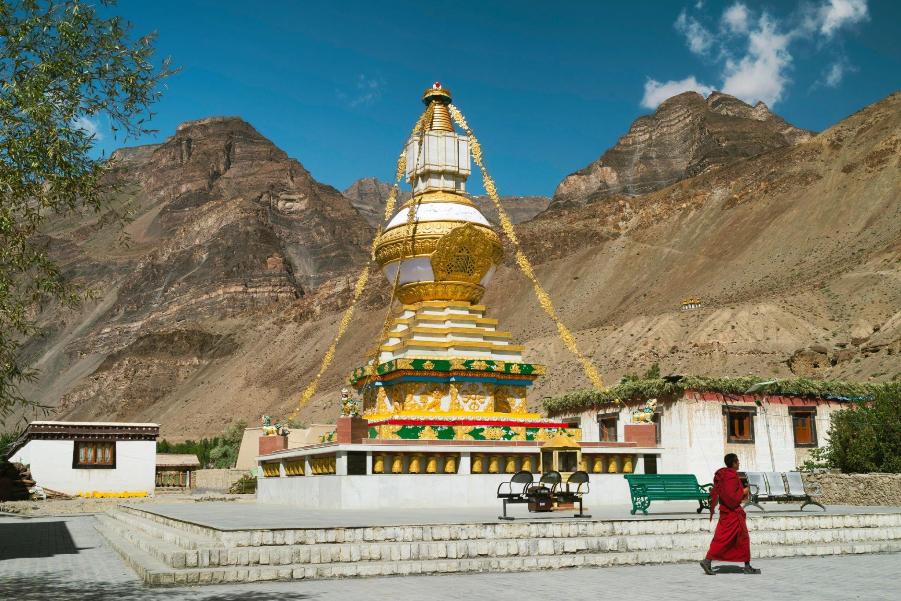
Tabo is a picturesque and serene tourist site in the Indian state of Himachal Pradesh, perched at a height of around 3050 meters. To tourists, the town is a wonderfully lovely and breathtaking sight. Tabo, surrounded by steep brown hills, is home to a wealth of unique and attractive tourist attractions, the most famous of which is the famed Tabo Monastery. This monastery, which was built around 1000 years ago, is the largest royal complex in Spiti Valley. The monastery has 23 chortens and 9 temples and receives a large number of devotees every year.
Best Time To Visit :- From May to October
Timings of Monastery: Morning chants begin at 6 a.m., and the monastery shuts at 7 p.m. This happens every single day of the week.
9. Visit Dhankar Monastery
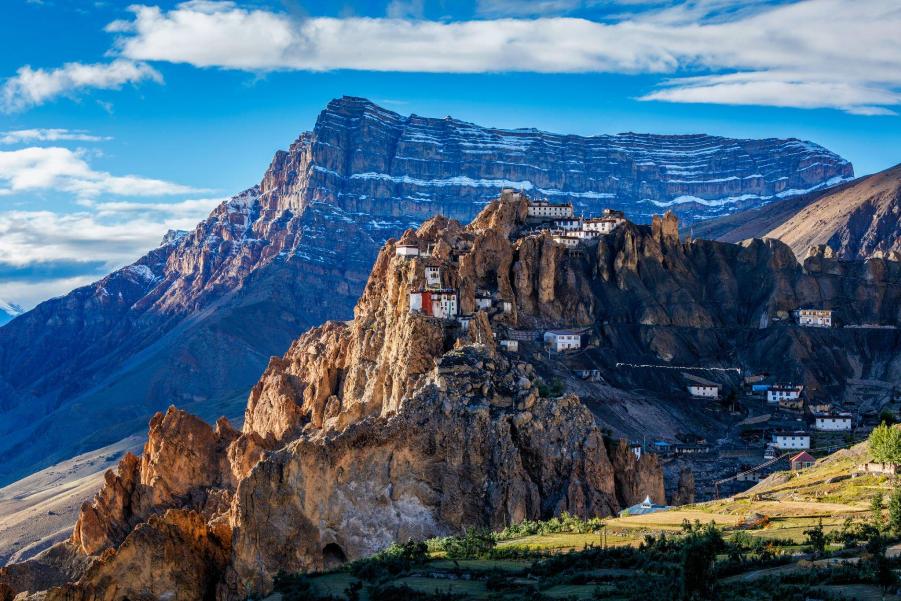
Dhankar Monastery, located at a height of approximately 12,774 feet, is one of Himachal Pradesh’s most popular tourist destinations. This monastery, which dates back roughly 1000 years, provides a wonderful panoramic view of Spiti Valley. The Dhankar monastery is one of the world’s most endangered sites, and it is one of the most important centers of Buddhist culture and art. A lovely museum and a Dhyana Buddha figurine can be found at the monastery. Visitors can also catch a view of the gorgeous Dhankar Lake, which lies around 2 kilometers away.
Best Time To Visit :- The best time is the months between May to September.
10. Explore Kibber village
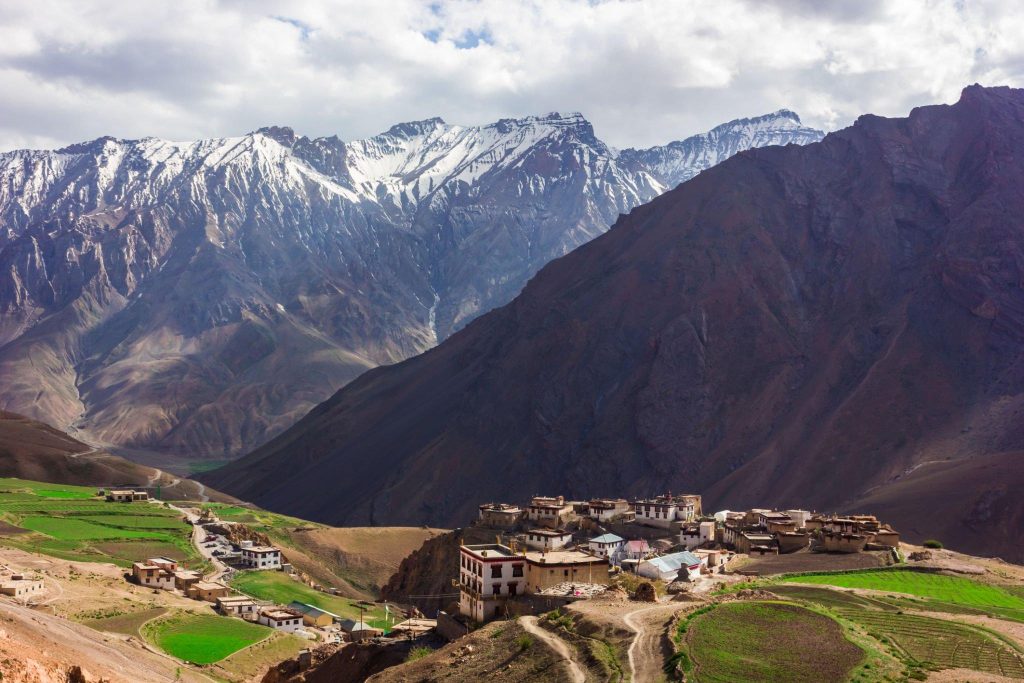
Kibber Village, located at an elevation of 4,270 meters, is the most populous village in Himachal Pradesh. One of the unusual elements of this lovely village is that the houses are all extremely similar in design and architecture, which adds to the overall attractiveness of the place. Kibber Village, despite its isolated location, is well-equipped with a high school, telegraph office, hospitals, and a post office. The village’s simple attractiveness draws visitors from all around the world. The Parang La Trek and Tso Moriri Lake are two of the area’s most popular tourist attractions.
Best Time To Visit :- May to July
11. Trek To Dhankar Lake
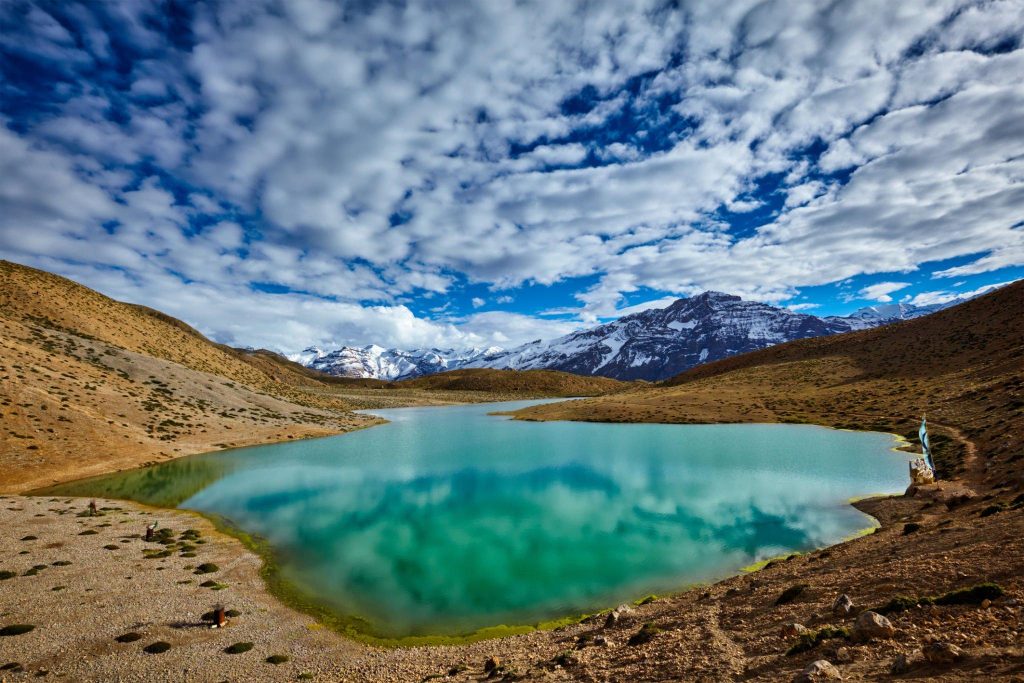
Trekking to Dhankar Lake is one of the best things to do in Spiti Valley if you’re searching for both calm and adventure. This lake, located above the Dhankar Monastery on a cliff at 4,270 meters, is breathtaking. While the climb is a bit difficult, the breathtaking vistas you will see once you arrive are totally worth it.
The trip from Dhankar Village to the Lake is just around 5 kilometers long, but it is arduous and time-consuming. This hike takes approximately 1.5 to 2 hours. This high-altitude trek requires sufficient trekking equipment. Carry enough food, water, and other supplies because the walk to the lake is not well-traveled. You can also use a stick or cane to improve your grip.
Best Time To Visit :- June to September when the weather is favorable and trails are usually clear.
Tips for visiting Dhanakar Lake:
1.To avoid emergencies in this high-altitude environment, you must carry an oxygen supply.
2.Because there are few to no businesses in this area, bring enough essentials with you.
3.Even if you are traveling in the summer, you must have cold clothing.
4.Dhankar Lake has been designated as one of the world’s 100 most endangered locations; therefore, do not pollute or dump waste into the lake.
12. Chandratal Lake Trek
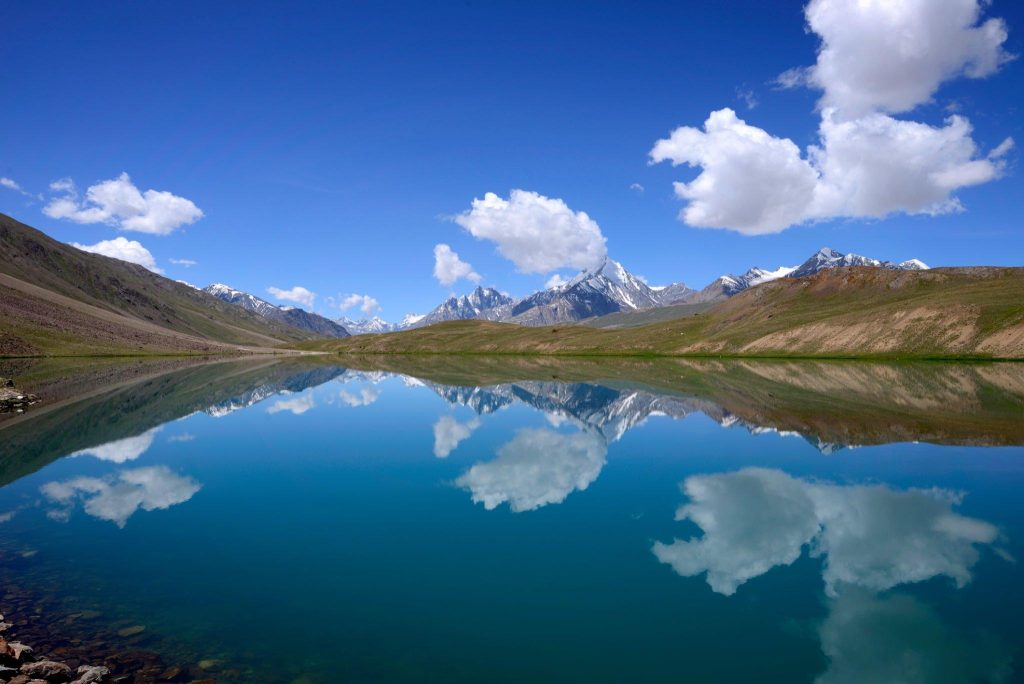
The Chandratal Baralacha trek follows a magnificent route with a panoramic view of the Lahaul range, including the snow-capped peaks of Minar, Talagiri, Tara Pahar, and Mulkila, which tower over 6000 meters above the valley. The journey eventually brings you to a point 5000 meters above the ground. What a rush! It does not require you to be an expert, and the level of complexity is relatively reasonable. When walking at such a high altitude, however, excellent fitness levels and stamina are required. The only moment the walk becomes difficult is when crossing a river, although this is manageable.
Best Time To Visit :- Chandratal Lake treks are organized between June and October.
13. Gue Village: Visit the Mummy
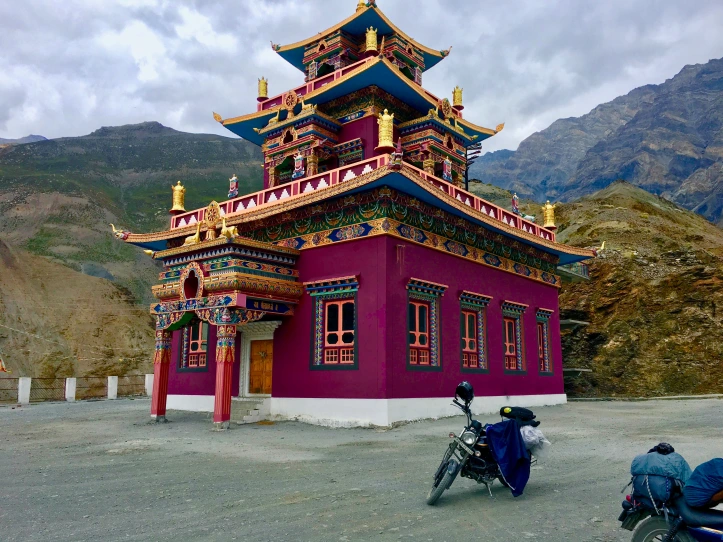
Gue is a small village in the Spiti Valley that is also known as the Mummy Village due to the presence of a monk’s mummy within a tomb. According to carbon dating, the mummy is 500 to 600 years old. It is clad in silk robes and squatting. It was found in 1975.
Timings: 8:00 AM to 5:00 PM
Best Time To Visit :- June to September
14.Kunzum Pass: A Himalayan Adventure
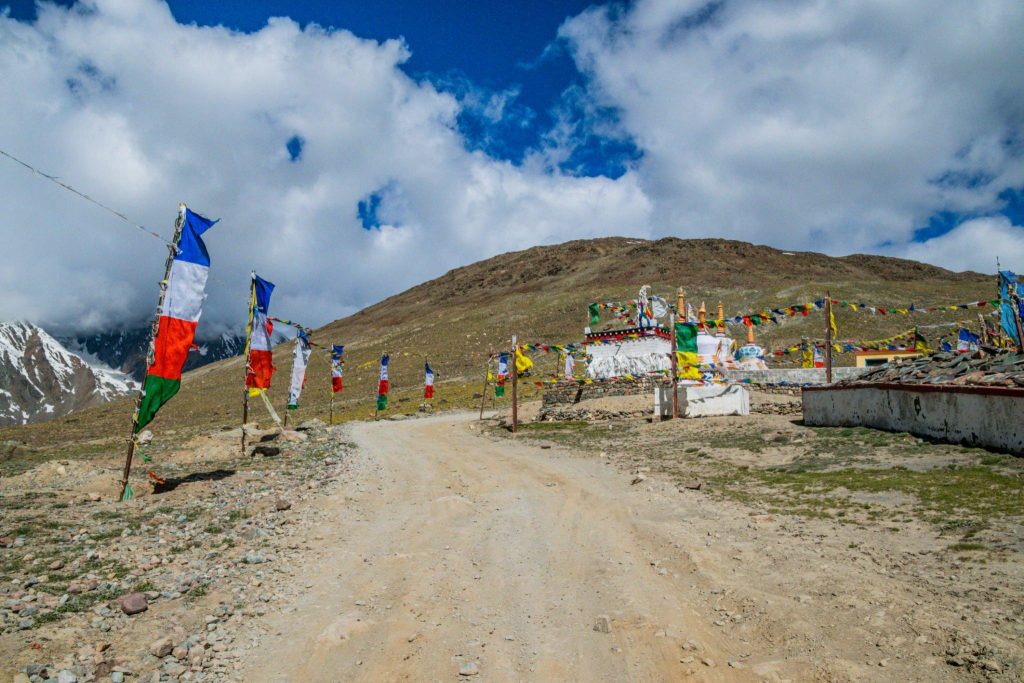
Kunzum Pass, also known as Kunzum La by locals, is one of India’s highest motorable mountain crossings, rising 4,551 meters above mean sea level. It connects to the scenic Spiti Valley through Kullu and Lahaul. It is located on the eastern Kunzum Range of the Himalayas, 122 kilometers from Manali.
Kunzum La provides an incredible 360-degree perspective of the Bara- Shigri Glacier (the world’s second longest glacier), as well as a breathtaking panorama of the Chandrabhaga Range and the Spiti Valley. Kunzum Pass is a photographer’s fantasy because of its breathtaking scenery.
From Kunzum Pass, a 15-kilometer hike leads to the well-known Chandratal Lake (moon lake). On their journey to the pass, travelers are said to have to make a pit stop at the shrine of Goddess Kunzum Devi to pay their respects and ask for guidance on how to navigate the treacherous terrain safely. It is customary to drive around the temple once in its entirety.
Best Time To Visit :-From June to September, the Kunzum Pass is typically open. It is frozen for the remainder of the year.
15. Baralacha Pass: Where the Mountains Touch the Sky
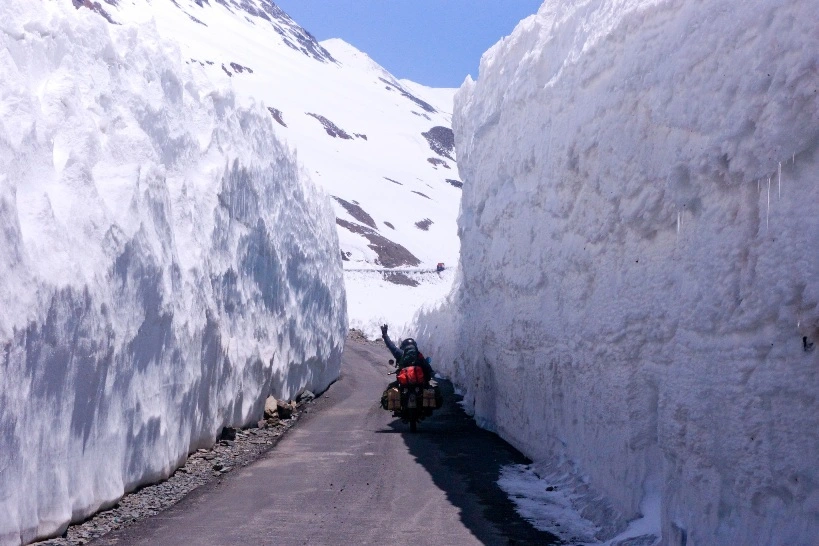
The Baralacha La, often referred to as the Baralacha Pass, is a high mountain pass that is situated in the Zanskar range at a height of 16,040 feet above sea level. This 8-kilometer pass, which is situated along the Leh-Manali highway, links the Lahaul area in Himachal Pradesh with Ladakh in Jammu and Kashmir. The Bhaga River, a branch of the Chenab River that rises from the Surya Taal Lake, is also located only a few kilometers from this pass. Thus, there are many breathtaking landscapes all around the Baralacha Pass that captivate onlookers and leave them wanting more.
The renowned Baralacha Pass is also mentioned in Rudyard Kipling’s well-known book “Kim,” in which the Lama character travels from Tibet to India via the Suraj Tal. Visitors to this pass also adore the journey from the Baralacha to the Chandratal, which is located in the Spiti Valley on the banks of the Chandra River. You can travel to a completely different universe by going to Baralacha La. Here, the environment and vistas are amazing, and the arid land devoid of any lodging facilities or retail establishments is beautiful.
Best Time To Visit :- During the summer months, typically from June to September when the pass is open, the weather and road conditions are more favorable for travel.
16.Fossil Hunting in Langza
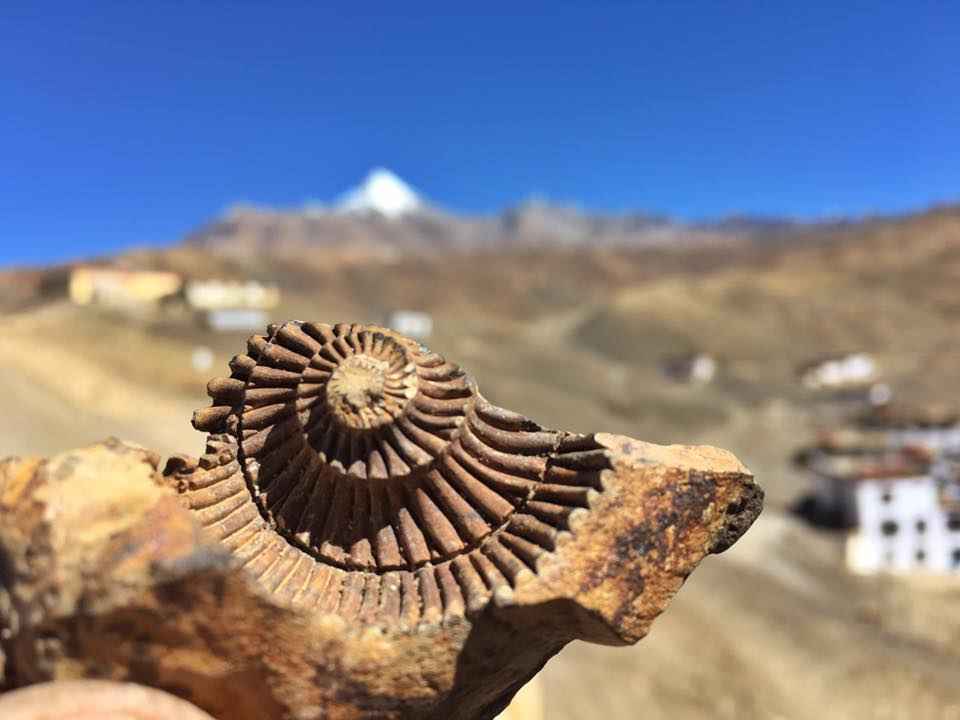
Fossil hunting is a Spiti-specific practice that is still relatively unknown. However, it is a highly thrilling hobby, especially if you are interested in history or archaeology. There is a good chance you will find one because the area near Langza and Hikkim is rich in fossils. If not, you can still locate locals selling these fossils, which you can buy to take home as a souvenir.
Best places for fossil hunting in Spiti: Langza and Hikkim village
The temple has a long history related to the Mahabharata. Before the Mahabharata war, Lord Shiva is said to have granted Arjun the gift of victory. The temple honors and celebrates this boon and is very religiously significant. There is also a lovely brook nearby that can be visited. Large stones embellish and enhance the beauty of this place. This is a must-see for everyone looking for activities to do in Dharamshala.
Best time to visit :- The best time to visit is all year round.
17. Stargazing
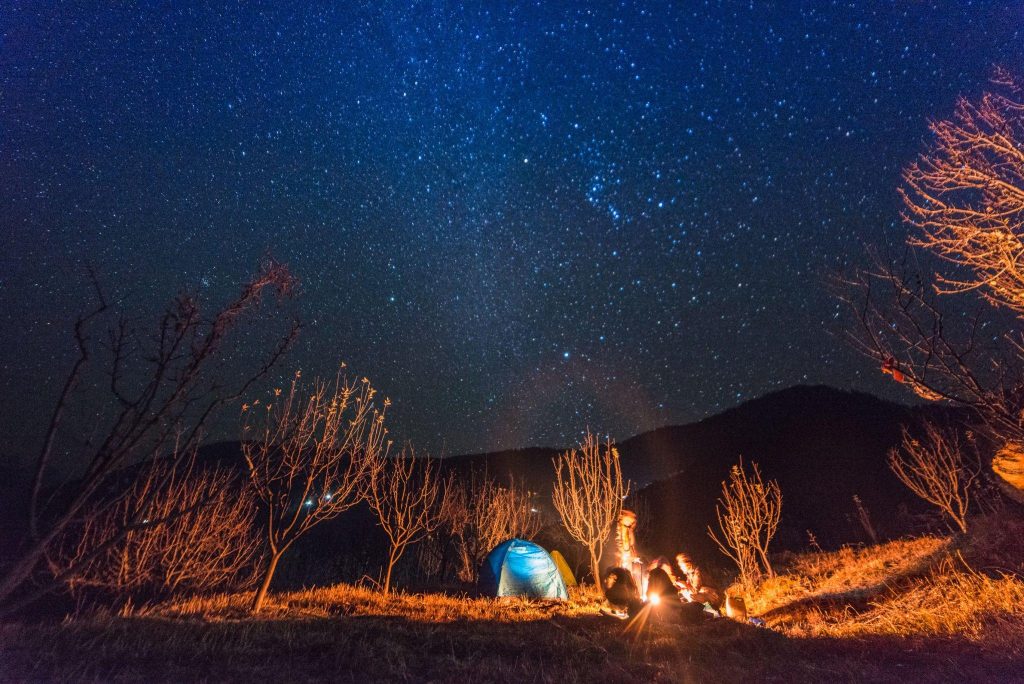
Stargazing is a one-of-a-kind experience that is particularly wonderful in the highlands. And Spiti Valley is one such location where you may capitalize on this extraordinary experience. On clear nights, the night sky is adorned with millions of diamond-like stars. While the activity is really tranquil in and of itself, it is also a time to reflect, and it will undoubtedly be an experience of a lifetime for you.
Best places for stargazing in Spiti: Tabo, Dhankar, Losar, Komik, and Kibber
18. Visit World’s Highest Post Office
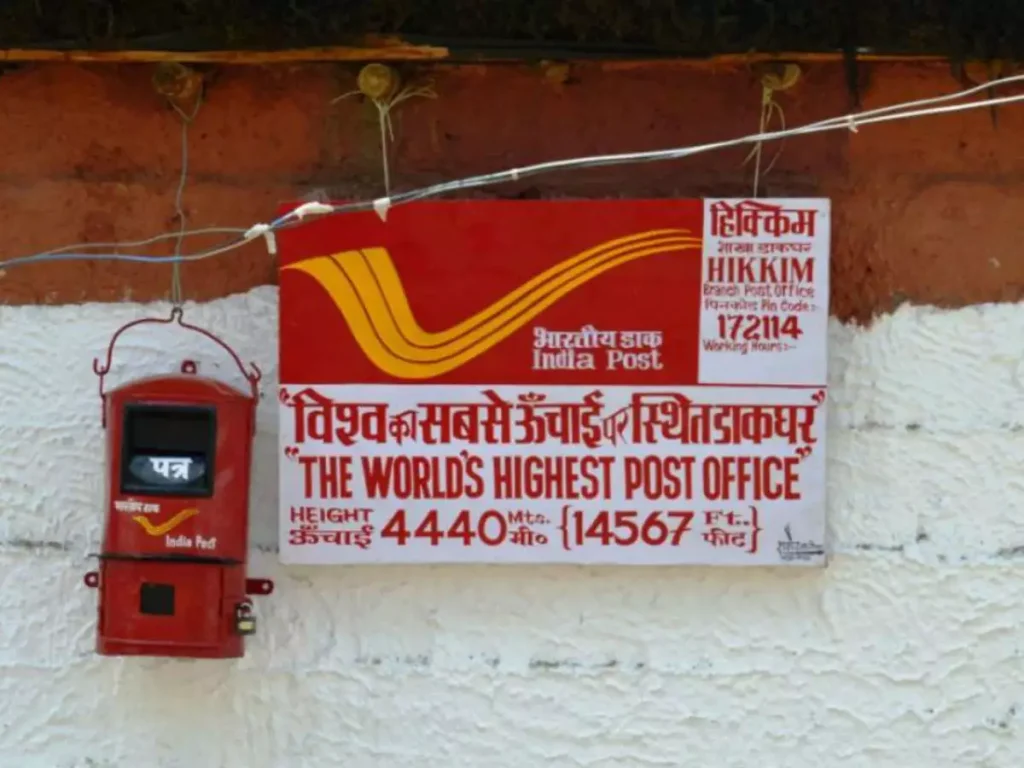
What to do in Spiti is a question you should never be concerned about, with the world’s highest post office located at 4,389 meters between Komik and Langza villages in Hikkim. This is a must-see destination that is only an hour or two by car or an arduous climb from Kaza.
Location: Hikkim, Lahaul and Spiti, Himachal Pradesh
19. Local cuisine of Spiti valley
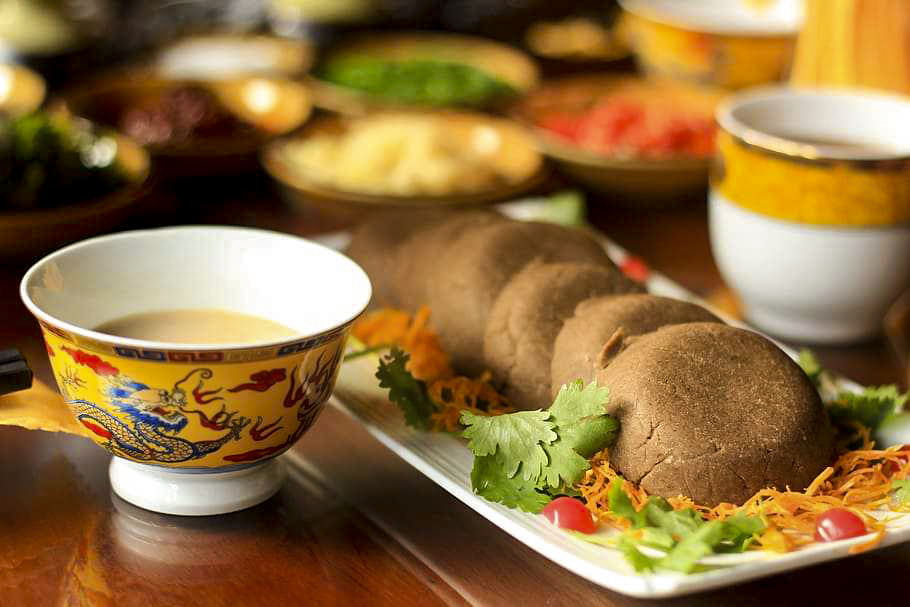
Spiti’s food offers an intriguing combination of delights that must be sampled. Though Tibetan food dominates the menu, there is also excellent North Indian food and a splash of Israeli food. The community is surrounded by barley fields, which are the primary source of food. The grain is used to make arrack (barley whisky), chang (barley beer), and roasted flour, which is used to make laddoos or thungpa (a breakfast cereal). Momos, Thukpa, Butter tea, Chang (a locally manufactured beer), Arkah (a locally made whiskey), and other local foods should not be missed. Aside from these, flavored and aromatic teas with garnishes of lemon, mint, ginger, and honey are popular.
Tip:- If you must choose between a monastery and a cafe for lunch, the former will provide a more delightful experience.
20. Visit Tibetan Shops
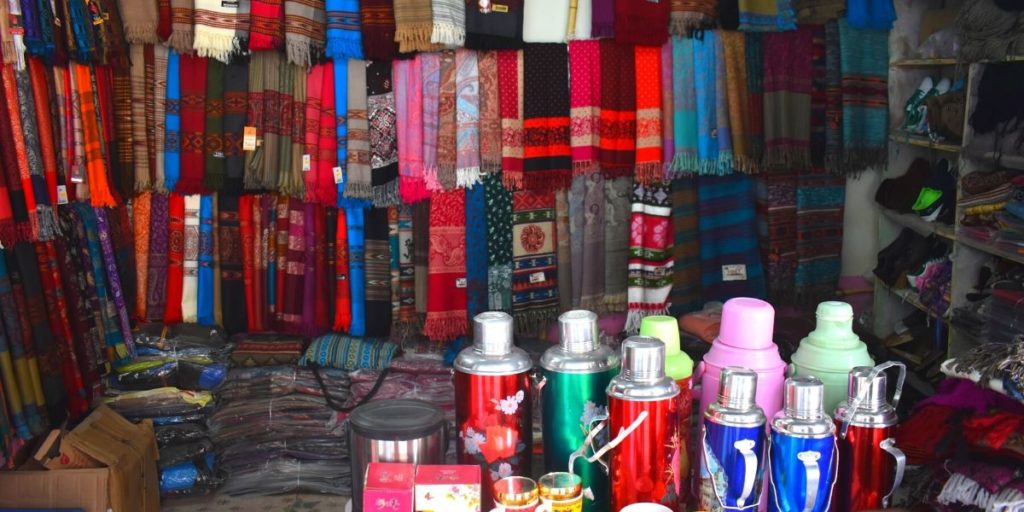
Exploring Tibetan shops in Spiti Valley is a joy. These shops sell a variety of traditional crafts, one-of-a-kind souvenirs, and vibrant textiles. Beautiful handcrafted jewelry, cozy woolen clothes, and elaborate Thangka paintings showcasing the region’s rich history and heritage can be found. Remember to haggle a little; it’s a normal element of buying in Spiti and can add to the enjoyment of your stay. It’s a great way to support local artists while also bringing home a piece of Spiti’s unique Tibetan culture.
Tip: Try and pick different kinds of handicrafts as souvenirs, and bargain humbly only after knowing the final price.
Conclusion
Spiti Valley is a beautiful Indian location that combines adventure, relaxation, and spirituality. From touring historic monasteries to climbing through harsh hillsides, Spiti Valley offers a plethora of captivating activities. If you want adventure, you can walk to the magnificent Chandratal Lake or go river rafting on the Spiti River. Those seeking inner calm should visit the ancient Tabo Monastery, one of the Himalayas’ oldest monasteries. You may also visit the Key Monastery, an iconic landmark in Spiti Valley and an ideal spot to contemplate and unwind in beautiful surroundings. If you enjoy nature, take a walk in Pin Valley National Park to see unique varieties of flora and fauna. Another must-see attraction in Spiti Valley is Kibber settlement, the world’s highest inhabited settlement and home to the rare snow leopard.
You can also check our Spiti Valley Tour Packages
People Also Ask About Things To Do In Spiti Valley
01.How many days are enough for Spiti Valley?
It is advised that you spend at least 7 to 10 days exploring Spiti Valley to really appreciate its beauty and culture. This time frame allows you to see important monasteries, trek to high-altitude lakes, and enjoy the breathtaking scenery without feeling rushed. It also takes into account potential delays caused by weather or road conditions, resulting in a more relaxing and immersive tour through this Himalayan splendor.
02.Which is the best month to visit Spiti Valley?
The best time to visit Spiti Valley is during the summer months from June to September.The weather is excellent throughout this time, and the roads are normally open for travel. This lets you enjoy the region’s breathtaking scenery, ancient monasteries, and vibrant culture without the difficulties of extreme cold or road closures that are common during the winter and early spring.
03.Is Spiti Valley worth going?
Absolutely, Spiti Valley is definitely worth visiting. This remote Himalayan gem offers breathtaking landscapes, ancient monasteries, and a unique cultural experience. Spiti has something for everyone, whether you’re an adventurer, a nature lover, or a cultural explorer. Because of its stark beauty, clean rivers, and spiritual significance, it is a location that promises unforgettable memories and a deep connection with nature and culture.
04. Which is the coldest month in Spiti?
The weather in Spiti Valley is severely cold between November and December. Temperatures frequently fall below zero degrees, resulting in road closures and the shutdown of the majority of hotels.
05.Can we go to Spiti by normal car?
Yes, if you have a 4×4 SUV and snow chains with you. In the winter, almost any car cannot be driven to Spiti. Your vehicle must have a high ground clearance and be powerful enough to drive for hours in low gear over snow.
06.Can you see the Milky Way in Spiti Valley?
Yes, you can see the Milky Way in Spiti Valley.Spiti provides excellent stargazing chances because of its rural position and low light pollution. On clear nights, you can see the Milky Way and a plethora of stars, making it a haven for astronomy buffs and anyone who enjoys the wonders of the night sky.
07. Do we need oxygen in Spiti?
The oxygen in Spiti Valley is definitely quite thin, but if you remember to stay hydrated with modest sips of water, it should not disturb you.
08.What range of temperature will we experience from day to night?
During the summer months of March to June, the temperature rises above 20 degrees Celsius during the day. Throughout the monsoon, light rains occur, with temperatures ranging from 10 to 30 degrees. During the winter, however, temperatures can drop as low as -5 degrees at night.
09.Are there any offbeat attractions in Spiti valley ?
Spiti Valley is full of unusual attractions. You can visit the magnificent Dhankar Lake, the scenic village of Langza with its iconic Buddha statue, or the breathtaking Pin Valley National Park, which is famed for its diverse animals and bright vegetation.
